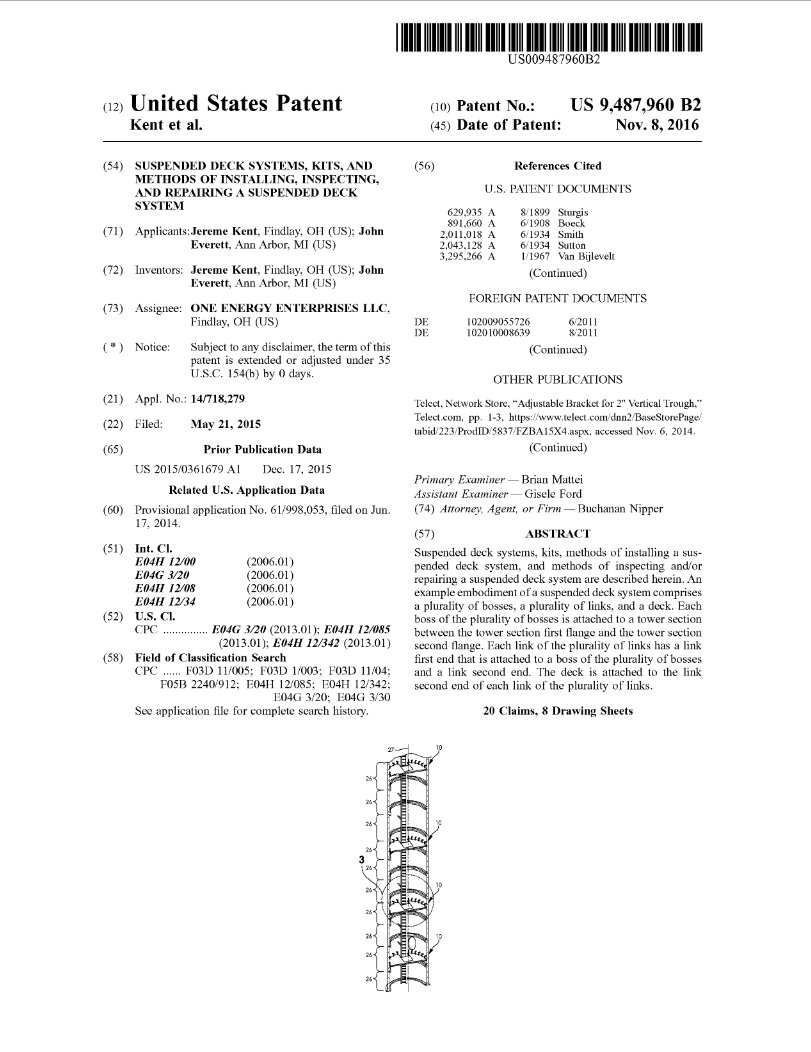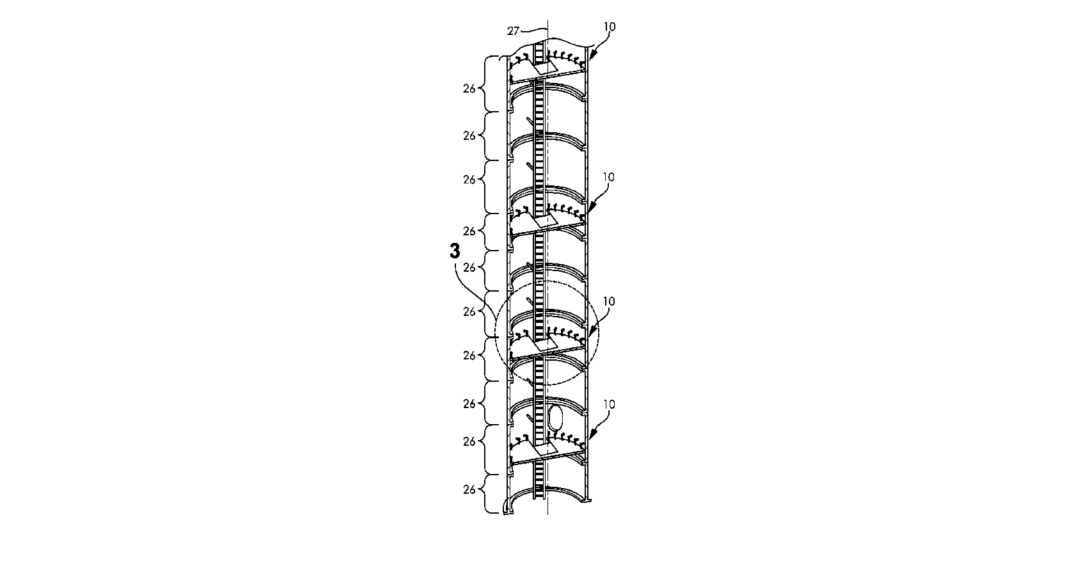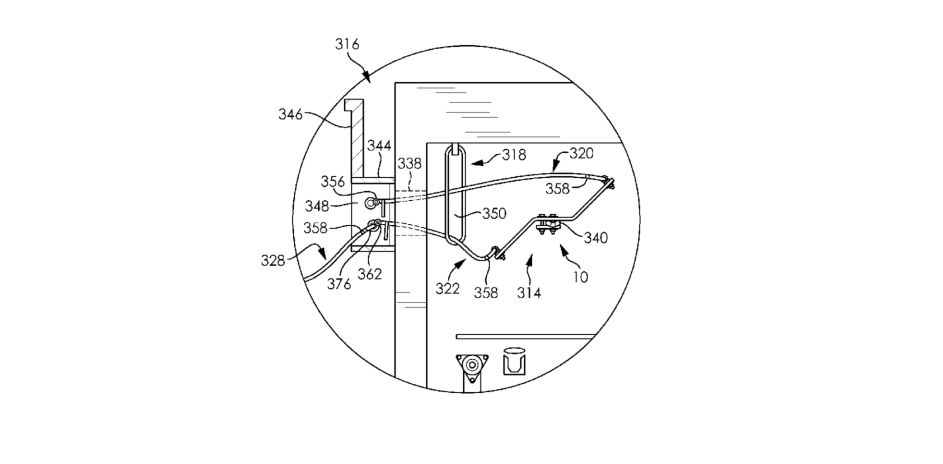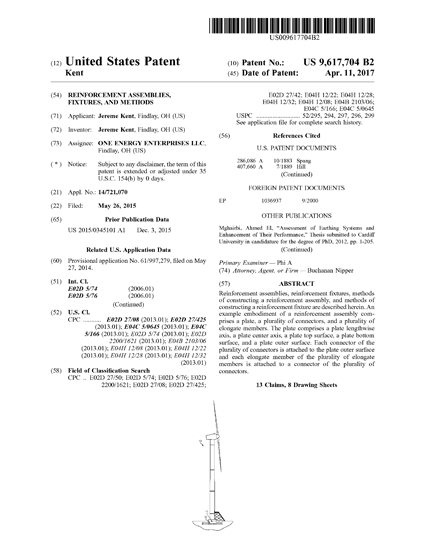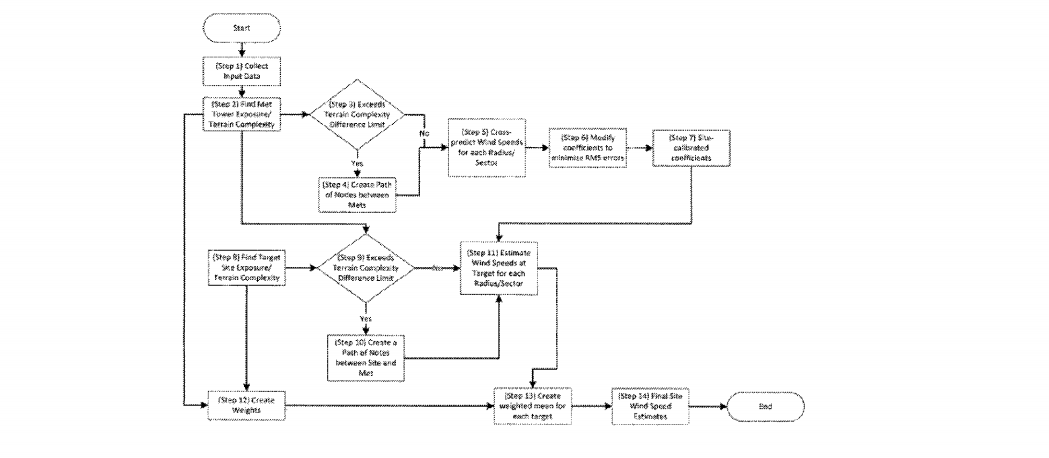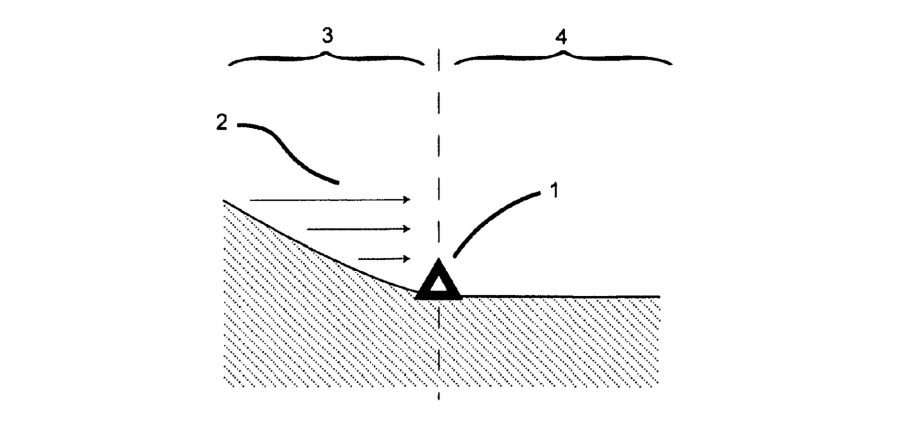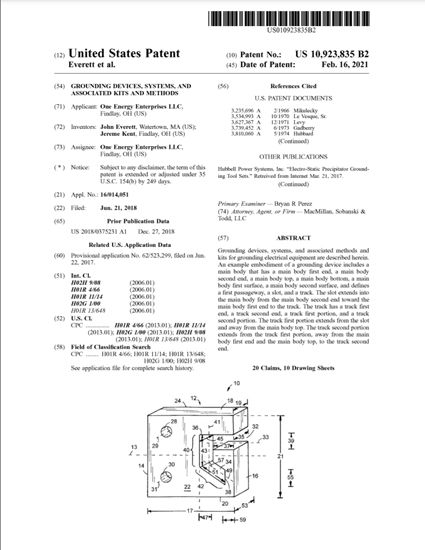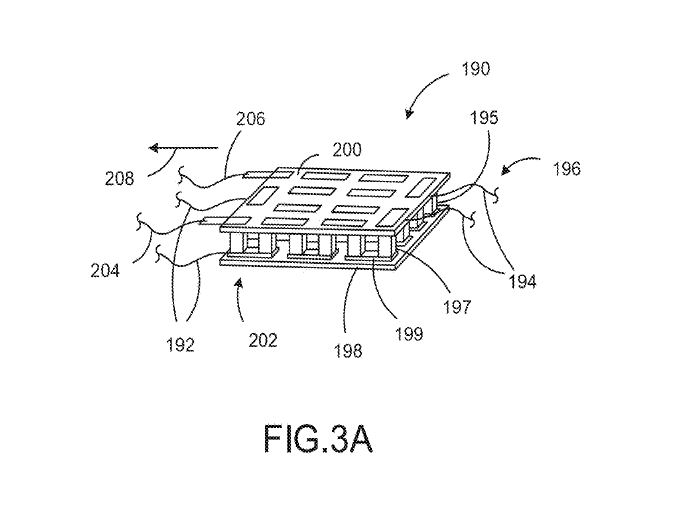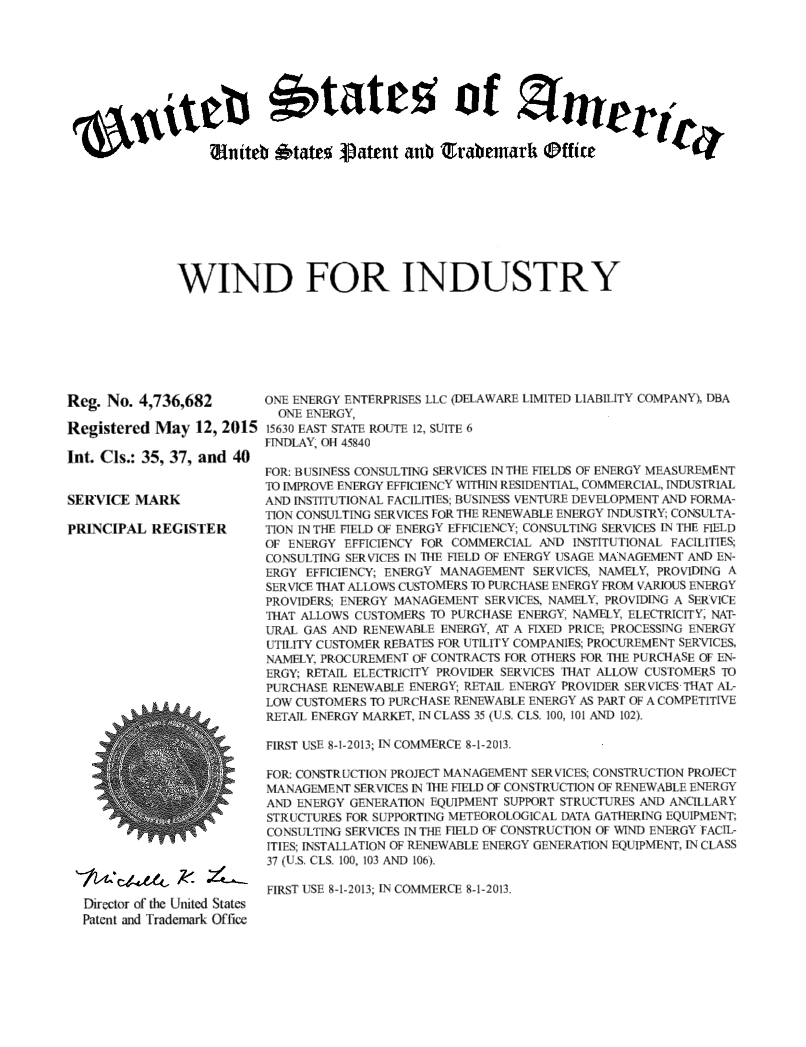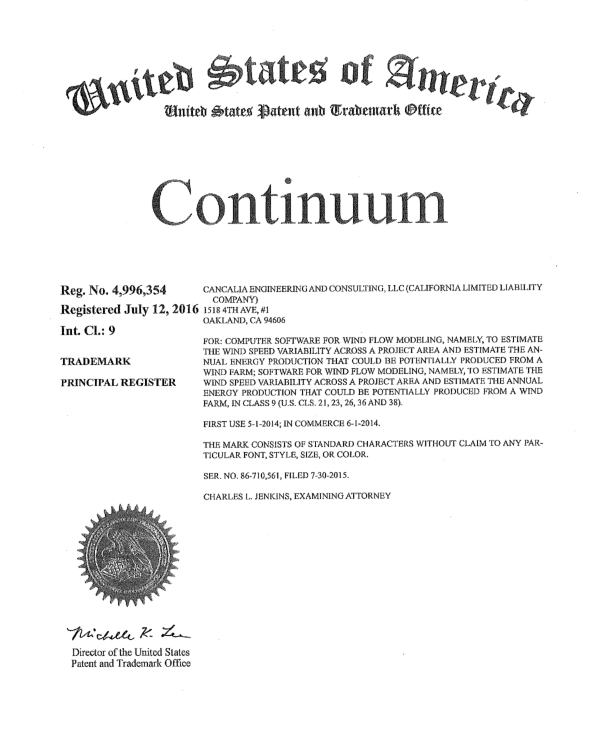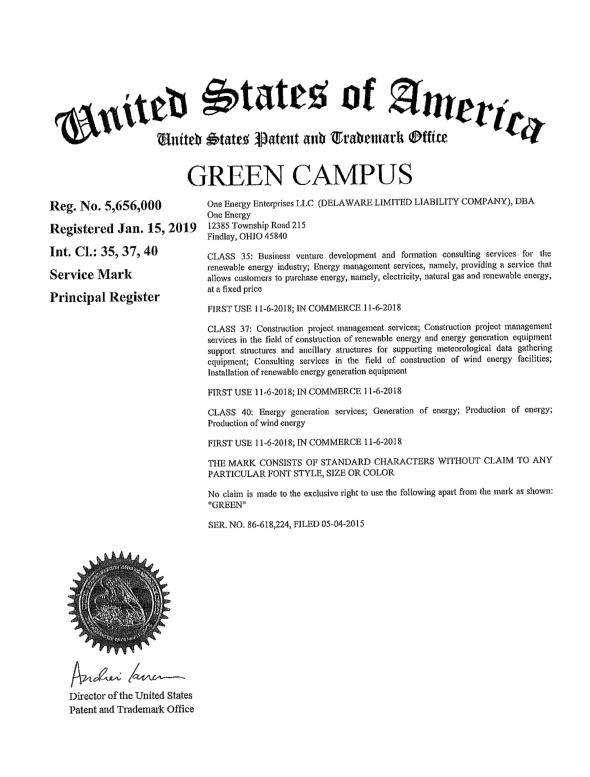PATENTS AND TRADEMARKS

At One Power, we challenge everything. We value innovation, curiosity, and are never satisfied with the status quo.
We’ve spent more than a decade developing solutions to some of the industry’s most complicated problems, and as such, One Power holds several U.S. patents and trademarks.
WHAT’S ON THIS PAGE?
Corporate Value #4:
Work with Manufacturers to Give Our Customers the Best Products Possible.
Corporate Value #9: Never Settle for the Industry Standard.
Corporate Value #10: Challenge Everything.
Patents
Devices, Systems, Methods, and Kits for Remotely Operating a Switch
Patent Number US 9,536,682
Issue Date: January 3, 2017
Abstract: Devices, systems, methods, and kits for remotely operating a switch are described herein. An example embodiment of a system for remotely operating a switch comprises a plate, a connecting member, a first fastener, a second fastener, a first attachment member, a second attachment member, a first wire member, a second wire member, and a pulling member. The plate has a body that defines a first bend and a second bend and is releasably attached to the handle of a switch. During use, an operator utilizes the first and second wire members to moved the switch between an open state and a closed state.
Reinforcement Assemblies, Fixtures, and Methods
Patent Number US 9,617,704
Issue Date: April 11, 2017
Abstract: Reinforcement assemblies, reinforcement fixtures, methods of constructing a reinforcement assembly, and methods of constructing a reinforcement fixture are described herein. An example embodiment of a reinforcement assembly comprises a plate, a plurality of connectors, and a plurality of elongate members. The plate comprises a plate lengthwise axis, a plate center axis, a plate top surface, a plate bottom surface, and a plate outer surface. Each connector of the plurality of connectors is attached to the plate outer surface and each elongate member of the plurality of elongate members is attached to a connector of the plurality of connectors.
Method of Evaluation of Wind Flow Based on Conservation of Momentum and Variation in Terrain
(Wind Flow Model Algorithm)
Patent Number US 9,881,108
Issue Date: January 30, 2018
Abstract: A method of modeling the spatial variation in wind resource at a prospective wind farm site. The method involves a simplified analysis of the Navier-Stokes equation and utilizes data from all of the met sites simultaneously to develop site-calibrated models. The model coefficients, mUW and mDW, describe the sensitivity of the wind speed to changes in the upwind and downwind terrain exposure and are defined for downhill and uphill flow. The coefficients are a function of terrain complexity and, since terrain complexity can change across an area, the estimates are performed in a stepwise fashion where a path of nodes with a gradual change in complexity is found between each pair of sites. Also, coefficients are defined for each wind direction sector and estimates are performed on a sectorwise basis. The site-calibrated models are created by cross-predicting between each pair of met sites and, through a self-learning technique, the model coefficients that yield the minimum met cross-prediction error are found.
Method of Evaluating Wind Flow Based on Conservation of Momentum and Variation in Terrain
(Site Calibration Algorithm)
Patent Number US 10,120,964
Issue Date: November 6, 2018
Abstract: A method of modeling the spatial variation in wind resource at a prospective wind farm site. The method involves a simplified analysis of the Navier-Stokes equation and utilizes data from all of the met sites simultaneously to develop site-calibrated models. The model coefficients, mUW and mDW, describe the sensitivity of the wind speed to changes in the upwind and downwind terrain exposure and are defined for downhill and uphill flow. The coefficients are a function of terrain complexity and, since terrain complexity can change across an area, the estimates are performed in a stepwise fashion where a path of nodes with a gradual change in complexity is found between each pair of sites. Also, coefficients are defined for each wind direction sector and estimates are performed on a sectorwise basis. The site-calibrated models are created by cross-predicting between each pair of met sites and, through a self-learning technique, the model coefficients that yield the minimum met cross-prediction error are found.
Grounding Devices, Systems, and Associated Kits and Methods
Patent Number US 10,923,835
Issue Date: February 16, 2021
Abstract: Grounding devices, systems, and associated methods and kits for grounding electrical equipment are described herein. An example embodiment of a grounding device includes a main body that has a main body first end, a main body second end, a main body top, a main body bottom, a main body first surface, and defines a first passageway, a slot, and a track. The slot extends into the main body from the main body second end toward the main body first end to the track. The track has a track first end, a track second end, a track first portion, and a track second portion. The track first portion extends from the slot and away from the main body top. The track second portion extends from the track first portion, away from the main body first end and the main body top, to the track second end.
Grounding Devices, Systems, and Associated Kits and Methods
Patent Number US 11,349,229
Issue Date: May 31, 2022
Abstract: Grounding devices, systems, and associated methods and kits for grounding electrical equipment are described herein. An example embodiment of a grounding device includes a main body that has a main body first end, a main body second end, a main body top, a main body bottom, a main body first surface, and defines a first passageway, a slot, and a track. The slot extends into the main body from the main body second end toward the main body first end to the track. The track has a track first end, a track second end, a track first portion, and a track second portion. The track first portion extends from the slot and away from the main body top. The track second portion extends from the track first portion, away from the main body first end and the main body top, to the track second end.
Energy Storage Systems and Methods
Patent Number US 12,193,330
Issue Date: TBD
Abstract: The technical description relates to energy storage systems and methods. Specific examples described herein relate to in-ground energy storage systems and methods of selectively discharging electrical energy from an energy storage system. An example energy storage system comprises a first fluid storage tank, a second fluid storage tank, a first fluid disposed in the first fluid storage tank, and a second fluid disposed in the second fluid storage tank, a heating unit operably connected to the first fluid storage tank and adapted to heat the first fluid, a cooling unit operably connected to the second fluid storage tank and adapted to cool the second fluid, and an energy conversion unit exposed to the first fluid and the second fluid. The energy conversion unit is adapted to convert a temperature difference between the first fluid and the second fluid directly to electrical energy or indirectly to electrical energy through intermediate mechanical work, such as rotational motion.
Trademarks
Pending Trademarks Owned by One Power Company
One Power Company
Trademark Number 90,465,466
Issue Date: Pending at the USPTO
One Power
Trademark Number 98,310,150
Issue Date: Pending at the USPTO
One Power (Design)
Trademark Number 98,310,155
Issue Date: Pending at the USPTO
